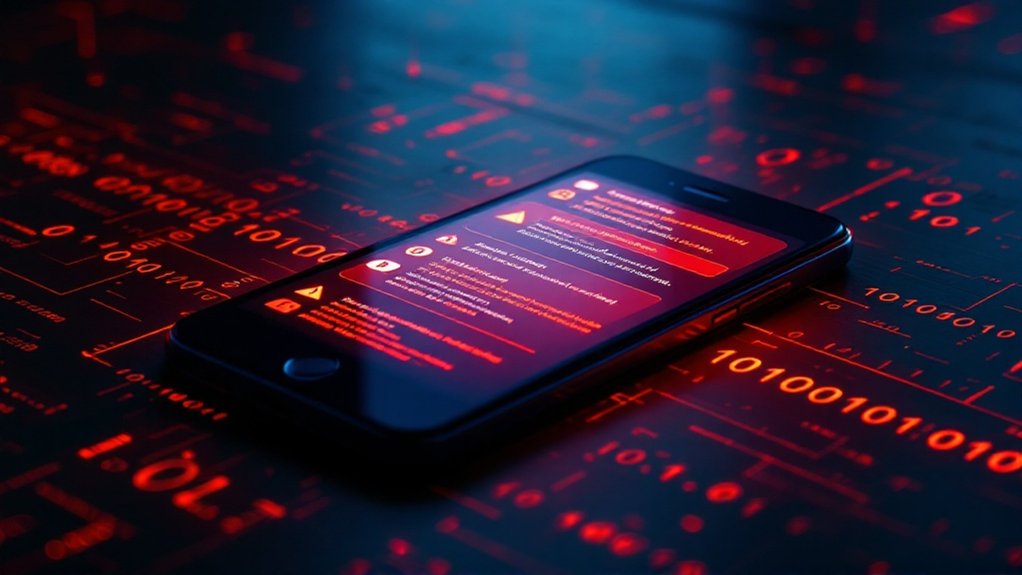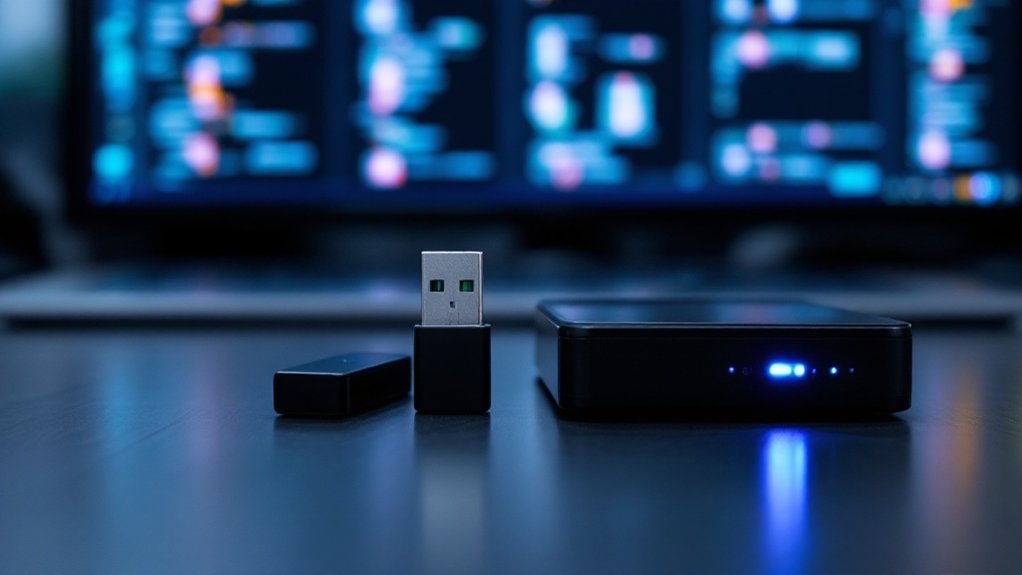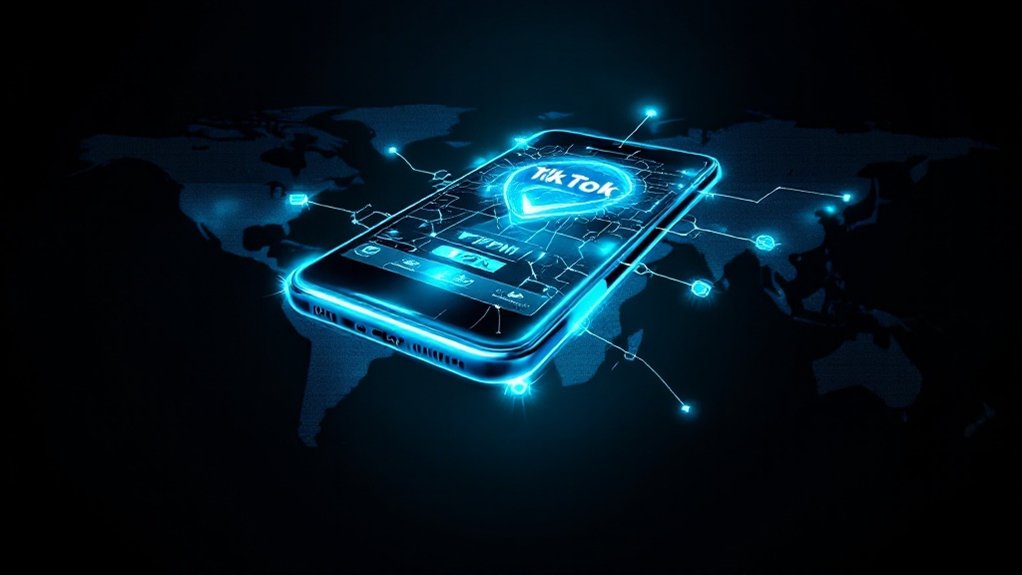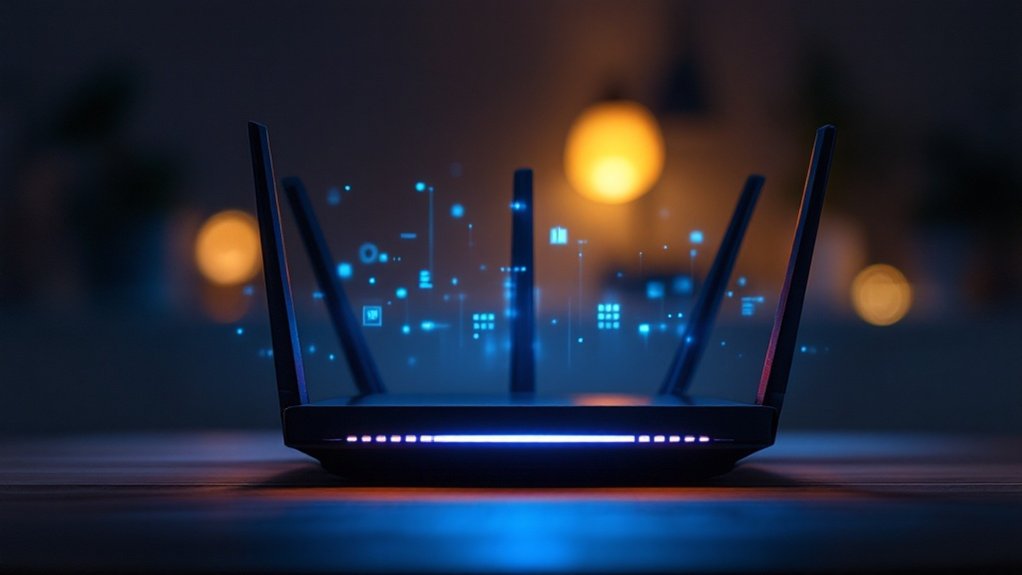Several telltale signs can indicate unauthorized access to mobile devices, including unexpected crashes, spontaneous restarts, and delayed response times. Unusual battery drain patterns, excessive data consumption, and the presence of unfamiliar applications often signal potential breaches. Suspicious text messages, unauthorized calls, and unexplained account activities raise significant security concerns. The appearance of autonomous cursor movements or unauthorized camera activation may reveal manipulation by malicious actors, during monitoring these warning signs allows swift protective measures.
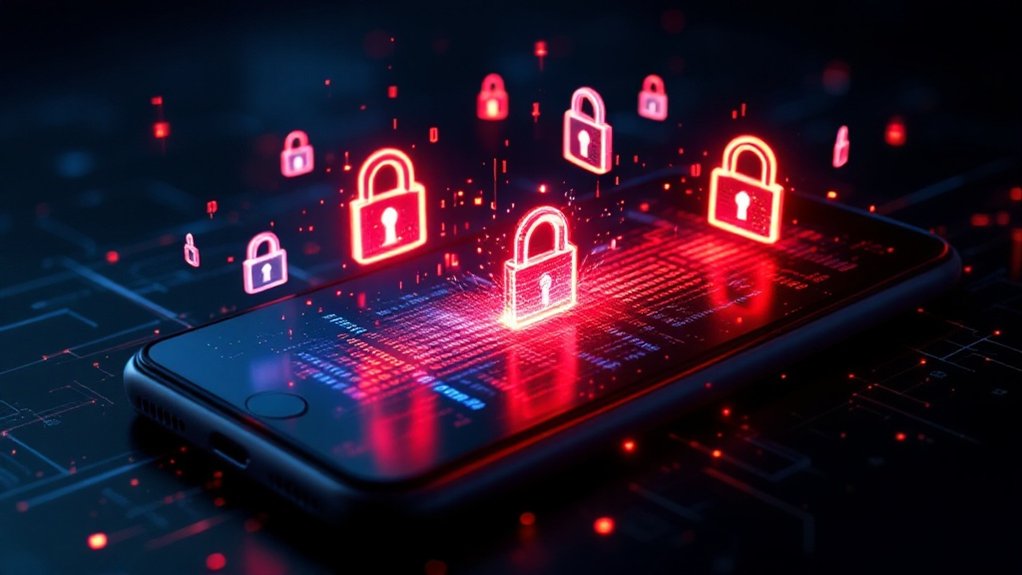
With cybersecurity threats becoming increasingly sophisticated, detecting whether one’s phone has been compromised requires vigilant attention to several key warning signs. Technology experts highlight that unusual battery drain patterns often serve as the first indicator of malicious software operating in the background, as these programs continuously run processes that consume excessive power and cause devices to heat up abnormally, even during periods of minimal usage.
Device performance issues frequently accompany security breaches, manifesting as unexpected crashes, delayed response times, and spontaneous restarts. Downloading suspicious apps posing as gaming hacks can introduce dangerous malware. These disruptions typically occur when malicious code interferes with normal system operations, causing applications to freeze or shut down without warning.
Cybersecurity analysts note that compromised devices often exhibit dramatic increases in data consumption, with background processes transmitting information even when users aren’t actively using their phones. Entering the code #21# during a call can reveal if unauthorized interception of calls and messages is occurring.
The appearance of unfamiliar applications and persistent pop-up advertisements strongly suggests unauthorized access to the device. These intrusive elements may request suspicious permissions or display unusual behavior patterns that deviate from legitimate application functionality. Enabling two-factor authentication can help prevent unauthorized access to your device and accounts.
Likewise, the presence of unexplained text messages, unauthorized calls, or communications sent without user consent indicates potential security breaches that exploit messaging systems.
Suspicious account activity often accompanies phone hacking incidents, with users reporting unauthorized login attempts, unexpected password reset notifications, and unrecognized transactions on linked financial accounts.
Social media platforms may display posts or messages that the account owner never created, while email accounts might show evidence of unauthorized access through sent messages or altered settings.
Perhaps most concerning are anomalous device behaviors that suggest direct manipulation by malicious actors. These may include unexpected camera or microphone activation, autonomous cursor movements, or unauthorized changes to network settings.
Security experts highlight that such manifestations, particularly when observed in combination with other warning signs, strongly indicate the presence of unauthorized access and require immediate attention to prevent data theft and financial loss.
Frequently Asked Questions
Can Hackers Access My Phone Through Public Wifi Networks?
Hackers can certainly access phones through public Wi-Fi networks using various techniques, including packet sniffing, man-in-the-middle attacks, and malicious code injection.
Unsecured public networks lack encryption, making transmitted data vulnerable to interception.
Cybersecurity experts note that attackers frequently create fake “evil twin” hotspots to capture login credentials and personal information.
Through ARP spoofing, hackers can redirect traffic through their devices, potentially gaining unauthorized access to connected phones.
How Long Does It Take for Hackers to Break Into Phones?
The time required for hackers to breach phones varies greatly based on multiple factors, including security measures and attack methods.
Statistical data indicates that sophisticated attacks can compromise devices within 39 seconds, whereas more complex breaches typically take 194-277 days to detect.
Through public WiFi networks, skilled hackers may gain unauthorized access in under 2 minutes, particularly when users lack proper security protocols like VPNs or updated firmware.
Do Phone Hackers Target Specific Brands or Operating Systems More Frequently?
According to recent security data, hackers disproportionately target specific phone brands and operating systems.
Samsung leads as the most frequently compromised brand, followed by iPhone, whereas Android’s open ecosystem makes it more vulnerable than iOS.
Statistics show that 6.3% of smartphones contained malicious apps in 2024, with Android devices accounting for the majority because of their ability to install applications from unknown sources.
What Legal Actions Can I Take if Someone Hacks My Phone?
Several legal remedies are available when a phone is hacked.
Victims should immediately file reports with local law enforcement, the FBI’s Internet Crime Complaint Center (IC3), and the Federal Trade Commission.
Civil lawsuits can be pursued under the Computer Fraud and Abuse Act, which allows for damages and injunctive relief.
State cybercrime laws provide additional protections, whereas federal statutes like the Electronic Communications Privacy Act offer criminal penalties including fines up to $250,000 and imprisonment.
Can Hackers Still Access My Phone Even After a Factory Reset?
Factory resets effectively remove most malware and data, with a 99% success rate in wiping internal storage.
Nevertheless, sophisticated hackers may potentially retain access through persistent malware that survives resets, compromised cloud accounts, or retained encryption keys.
To maximize security post-reset, users should remove SIM cards, log out of accounts, change passwords, empower two-factor authentication, and verify complete reset completion before device reuse.
